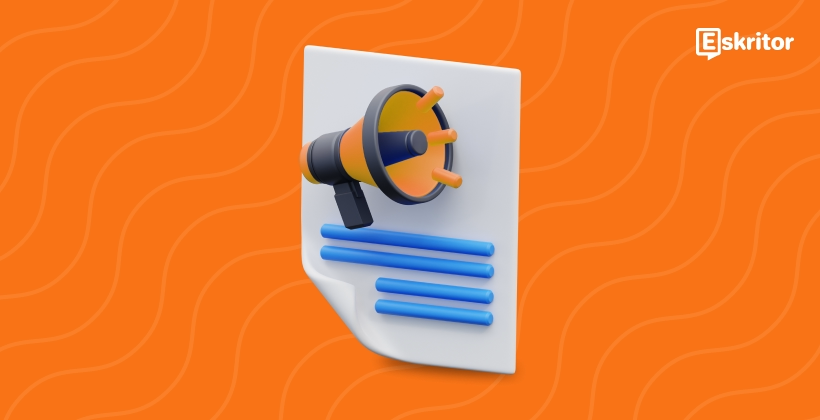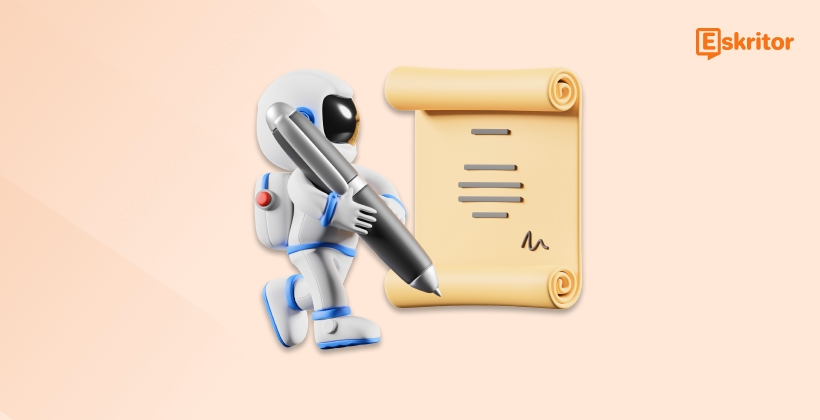AI Writing Tools vs. Human Writers – A Comparative Analysis
AI Writing Tools vs. Human Writers – A Comparative Analysis
Blog Article
The Future of AI Writing Technology Explained
As artificial intelligence (AI) evolves, it remains to revolutionize how exactly we strategy modern modifying practices. From syntax modification tools to sophisticated material era systems, ai grammar checker is reshaping just how authors, editors, and builders refine their work. This website explores the position AI plays in modern modifying and the influence it has across industries.

AI-Powered Resources Major the Cost
AI-powered tools are becoming an fundamental element of modifying workflows. Software fueled by natural language processing (NLP) and unit understanding can do responsibilities like grammar checks, stylistic recommendations, and phrase restructuring with unbelievable rate and accuracy.
For example, AI-based grammar checkers can identify problems that the human eye might neglect, such as for instance subject-verb deal dilemmas or misplaced modifiers. Equally, style changes created by AI make sure that tone and movement align with the supposed market, which can be invaluable for skilled editors.
These methods are not only limited to standard grammar corrections. They are capable of increasing readability, transforming inactive voice to productive style, and also paraphrasing whole paragraphs without adjusting the meaning.
Performance Matches Time Savings
Reports show that the use of AI tools can lower editing time by as much as 30%. In place of poring over every word manually, writers can concentration their efforts on creative and strategic elements of content. That shift allows professionals to handle larger amounts of text in smaller times, which can be particularly important for industries like writing and electronic marketing.
Also, predictive AI features can spotlight repeating problems, supporting writers improve their skills around time. For organizations, that translates to less methods used on revisions and more finished components right from the start.
Improving Accessibility and Globalization
AI's role in contemporary editing stretches beyond efficiency. Sophisticated translation and localization instruments let designers to conform material easily for international audiences, deteriorating language barriers with precision. That engineering ensures that the exact same information can resonate with cultures global while retaining their authenticity.
AI also improves inclusivity criteria by improving convenience in content. As an example, algorithms can identify perhaps non-inclusive language and suggest alternatives. This capacity allows authors to refine publishing so it resonates with varied audiences.

Striking a Harmony Between AI and Human Creativity
While AI excels in speed and reliability, it generally does not replace human editors. Machines often absence the capability to read nuance, feeling, or national situation fully. The perfect process combines AI's efficiency with individual imagination and insight, causing truly outstanding work.
By leveraging these technologies in contemporary editing practices, builders and publishers equally may create top quality material that aligns with the fast-paced demands of today's digital world. AI may be the future of modifying, nevertheless the human feel can be required for storytelling and connection. Report this page